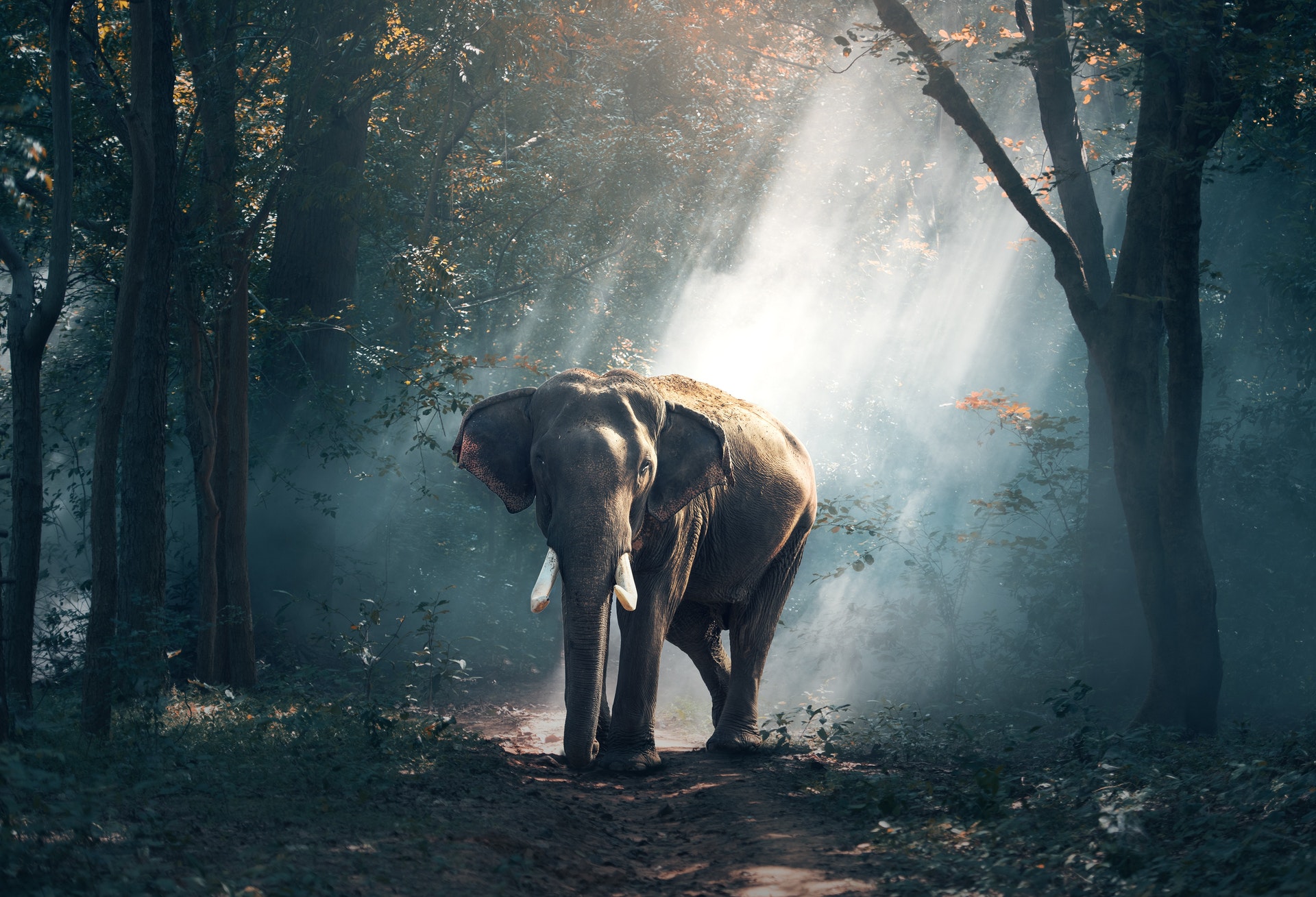
The Deep Magical History Of Ibogaine
Scroll Down
The History of IbogaineThe history of Ibogaine is fascinating and is one in which we see it wind its way from the magical jungles of West Central Africa into the halls of modern psychiatry. Ibogaine therapy took many decades to enter the psychiatric realm and has faced a turbulent journey. In most places, it has still not yet been recognized as the therapeutic agent it is. Ibogaine treatment is exceptionally beneficial for all manner of conditions, especially when administered at BAJA IBOGAINE in Baja California, Mexico by the best clinical team in the business. From its modest beginnings in the African jungles to its present standing as a powerful recovery catalyst, many people have been helped by this extraordinary chemical compound: Ibogaine HCL. From drug addicts to famous quarterbacks, numerous people have unlocked their full potential with the powerful properties of Ibogaine. Ibogaine GeographicallyThe powers of this substance were first discovered by a pygmy tribe in central Africa, after their discovery, they passed along knowledge of the sacred Iboga shrub to the Bwiti. French explorers who happened across the Bwiti learned of the properties of the Iboga shrub from the Bwiti tribe and returned to Europe with stocks of it in the early 20th century. After arriving in Europe, a pharmaceutical company in France marketed Ibogaine under the name of Lambarene in 1939. The formulation took its name from a town situated on the Ogooué River in western Gabon. Then, In the early 1960s, Howard Lotsof discovered it’s anti-addictive properties while living with drug addiction in New York City. Bwiti ReligionThe Bwiti religion is the religious tradition practiced by the Bantu peoples. It began sometime in the 19th century and continues to this day. French imperialism had the effect of driving the Bantu into the deep recesses of the jungle, leading to increased contact with pygmy tribes. Knowledge transfers occured, as they always do when cultures collided with one another. Practitioners of the Bwiti spiritual tradition use Iboga as a rite of passage. Large doses of it are used to induce oneiric (dreamlike) visions in the perceptions of the healer who, in turn, uses these insights from the past to help their community. The rest of the tribe consumes smaller doses of Iboga for general wellness. The Bantu believe that the Bwiti and the country of Gabon bear a striking resemblance to the Garden of Eden. In the Bwiti tradition, the Iboga tree and the Tree of Knowledge are seen as synonymous with one another. Indeed, some research calls Gabon the cradle of all life, owing to its former location as the center of Pangaea. Ibogaine in New York CityIn 1962, a man by the name of Howard Lotsof discovered that large amounts of Ibogaine HCL could be used to induce a profound psychedelic state. He also learned that doing so suppressed the symptoms of acute opioid withdrawal. Like any true scientist, he repeated his experiment on a larger group, namely his friends, who were also losing the struggle against addiction. The experiment proved to be both worthwhile and efficacious. He became a tireless advocate for the use of Ibogaine for addiction interruption. He founded the Global Ibogaine Therapy Alliance (GITA) and exerted enormous efforts telling the world about Ibogaine. Though the medical community was obstinant in the face of his breakthrough discovery, he did eventually gain traction with his efforts. And despite outright maliciousness from the Federal government due to the inclusion of Ibogaine on the Controlled Substances list, he nevertheless prevailed in telling the world about Ibogaine. Ibogaine TodayWith the opioid epidemic in full swing, numerous Ibogaine treatment centers have opened up in many of the countries where it is still unregulated. One such center is ours. At BAJA IBOGAINE we source our Ibogaine HCL directly from the source, we know the history, and we are proud to say that we are part of this history. We invite you to come and be a part of history. Summit Your Mount Everest with professional Ibogaine treatment in Rosarito Beach, Baja California, Mexico. |